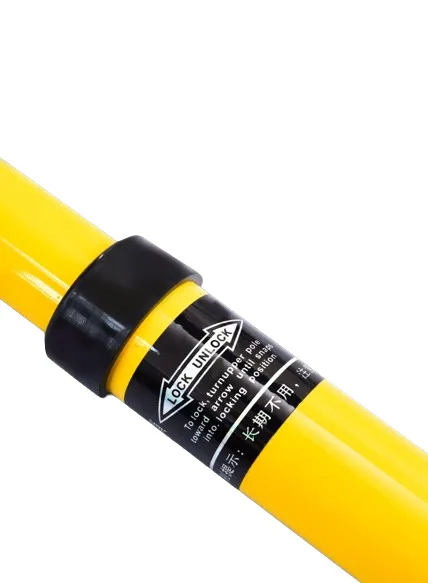
-
 Afrikaans
Afrikaans -
 Albanian
Albanian -
 Amharic
Amharic -
 Arabic
Arabic -
 Armenian
Armenian -
 Azerbaijani
Azerbaijani -
 Basque
Basque -
 Belarusian
Belarusian -
 Bengali
Bengali -
 Bosnian
Bosnian -
 Bulgarian
Bulgarian -
 Catalan
Catalan -
 Cebuano
Cebuano -
 Corsican
Corsican -
 Croatian
Croatian -
 Czech
Czech -
 Danish
Danish -
 Dutch
Dutch -
 English
English -
 Esperanto
Esperanto -
 Estonian
Estonian -
 Finnish
Finnish -
 French
French -
 Frisian
Frisian -
 Galician
Galician -
 Georgian
Georgian -
 German
German -
 Greek
Greek -
 Gujarati
Gujarati -
 Haitian Creole
Haitian Creole -
 hausa
hausa -
 hawaiian
hawaiian -
 Hebrew
Hebrew -
 Hindi
Hindi -
 Miao
Miao -
 Hungarian
Hungarian -
 Icelandic
Icelandic -
 igbo
igbo -
 Indonesian
Indonesian -
 irish
irish -
 Italian
Italian -
 Japanese
Japanese -
 Javanese
Javanese -
 Kannada
Kannada -
 kazakh
kazakh -
 Khmer
Khmer -
 Rwandese
Rwandese -
 Korean
Korean -
 Kurdish
Kurdish -
 Kyrgyz
Kyrgyz -
 Lao
Lao -
 Latin
Latin -
 Latvian
Latvian -
 Lithuanian
Lithuanian -
 Luxembourgish
Luxembourgish -
 Macedonian
Macedonian -
 Malgashi
Malgashi -
 Malay
Malay -
 Malayalam
Malayalam -
 Maltese
Maltese -
 Maori
Maori -
 Marathi
Marathi -
 Mongolian
Mongolian -
 Myanmar
Myanmar -
 Nepali
Nepali -
 Norwegian
Norwegian -
 Norwegian
Norwegian -
 Occitan
Occitan -
 Pashto
Pashto -
 Persian
Persian -
 Polish
Polish -
 Portuguese
Portuguese -
 Punjabi
Punjabi -
 Romanian
Romanian -
 Russian
Russian -
 Samoan
Samoan -
 Scottish Gaelic
Scottish Gaelic -
 Serbian
Serbian -
 Sesotho
Sesotho -
 Shona
Shona -
 Sindhi
Sindhi -
 Sinhala
Sinhala -
 Slovak
Slovak -
 Slovenian
Slovenian -
 Somali
Somali -
 Spanish
Spanish -
 Sundanese
Sundanese -
 Swahili
Swahili -
 Swedish
Swedish -
 Tagalog
Tagalog -
 Tajik
Tajik -
 Tamil
Tamil -
 Tatar
Tatar -
 Telugu
Telugu -
 Thai
Thai -
 Turkish
Turkish -
 Turkmen
Turkmen -
 Ukrainian
Ukrainian -
 Urdu
Urdu -
 Uighur
Uighur -
 Uzbek
Uzbek -
 Vietnamese
Vietnamese -
 Welsh
Welsh -
 Bantu
Bantu -
 Yiddish
Yiddish -
 Yoruba
Yoruba -
 Zulu
Zulu


Oct . 31, 2024 12:52 Back to list
Choosing the Right Earth Rod for Your Generator Installation
The Importance of Earth Rods for Generators
In the contemporary world, where electrical power is pivotal for various applications, the reliability and safety of generators cannot be overstated. One essential component that ensures this safety is the earth rod, also known as a grounding rod. It plays a crucial role in grounding electrical systems, protecting both equipment and users from electrical faults.
The Importance of Earth Rods for Generators
The importance of grounding cannot be emphasized enough. A properly installed earth rod can prevent electric shocks and minimize the risk of fire hazards. When a fault occurs in the generator, such as a short circuit, the electrical current may find a path to ground through the earth rod instead of passing through a person or other unintended paths. This safety mechanism is vital in residential, commercial, and industrial settings.
earth rod for generator

For generators, especially portable ones, proper grounding is not just recommended—it's essential. Portable generators are often used in outdoor settings where the risk of electrical hazards increases due to wet or uneven terrain. By installing an earth rod, users can significantly lower the risk of shock, ensuring safer operations. Additionally, grounding helps in stabilizing the voltage output from the generator, improving its efficiency and performance.
When installing an earth rod for a generator, several factors should be considered. The depth of the rod is crucial; typically, it should be driven into the ground at least 8 to 10 feet deep to ensure a proper connection. The soil type can also affect the effectiveness of the grounding system. For instance, moist loamy soil provides better conductivity compared to dry sandy or rocky soil. In areas with challenging soil conditions, multiple rods may be required, or a ground plate could be utilized to improve the overall grounding system.
It's also important to regularly check the integrity of the grounding system. Over time, corrosion can affect the quality of the connection between the earth rod and the generator, leading to unsafe conditions. Regular maintenance, including visual inspections and testing with a multimeter, can help ensure that the grounding system remains effective.
In conclusion, the earth rod is a vital component in the safe operation of generators. Its role in grounding protects against electrical faults, thereby safeguarding both users and equipment. As reliance on electrical power continues to grow, ensuring effective grounding practices will be paramount. Whether for backup power in a home or primary power for construction sites, the assurance provided by a well-installed and maintained earth rod cannot be overlooked. By prioritizing this aspect of generator safety, users can enjoy peace of mind knowing they are taking proactive measures to protect themselves and their equipment in an increasingly electrified world.
Latest news
What Are Construction Tools and How Are They Used?
NewsJul.11,2025
Professional-Grade Duct Rodding Tools for Superior Cable Installation
NewsJul.11,2025
Enhancing Safety and Efficiency with Modern Hot Stick Solutions
NewsJul.11,2025
Empowering Cable Installation with Advanced Rodder Solutions
NewsJul.11,2025
Elevate Your Cable Installation Projects with Cable Pulling Tools
NewsJul.11,2025
Efficient Cable Handling Solutions: Cable Rollers for Sale
NewsJul.11,2025











